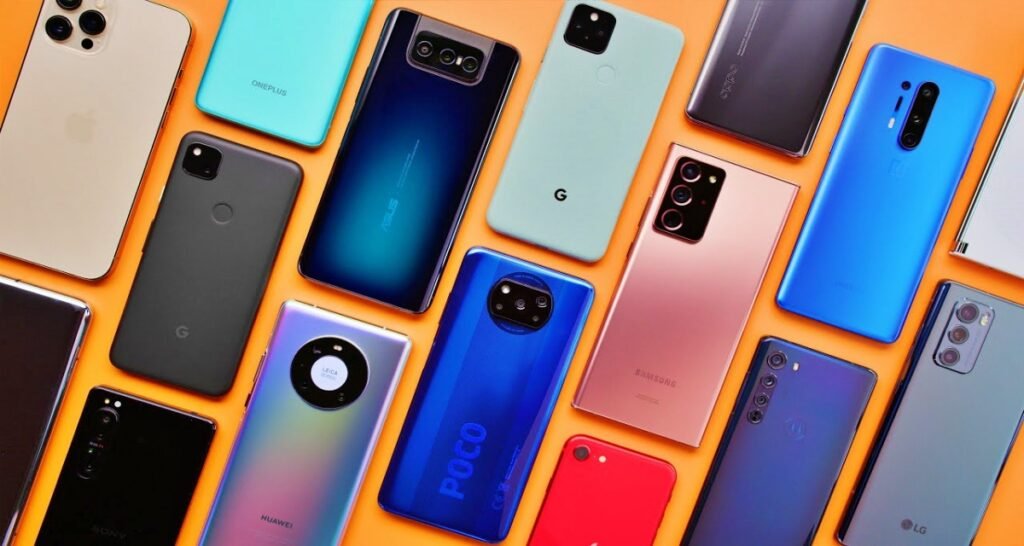
Smartphone shipments across the world fell 11 percent in the first quarter of 2022 due to unfavorable economic conditions and sluggish demand in the first few months of the year. According to a report by market research firm Canalys, Samsung remained the market leader globally with a 24 percent share, followed by Apple that took an 18 percent share of the global smartphone market, the report said.
Both Samsung and Apple registered a two percent and three percent in their market share as compared to Q1 2021, respectively. Apple’s strong Q1 performance came from a growing demand for the company’s iPhone 13 lineup. Xiaomi followed Samsung and Apple and came third with a 13 percent market share globally. This is a one percent fall from the company’s share in Q1 2021. Similarly, Oppo also saw its market share drop by one percent at 10 percent in Q1 2022, as against 11 percent in the same quarter last year. This is including the company’s popular OnePlus brand. Vivo came fifth in terms of market share with an 8 percent market share as against its 10 percent market share in Q1 2022.

“Despite the looming uncertainty in global markets, the leading vendors accelerated their growth by broadening device portfolios for 2022,” said Canalys Analyst Sanyam Chaurasia. “While the iPhone 13 series continues to capture consumer demand, the new iPhone SE launched in March is becoming an important mid-range volume driver for Apple. At a similar price point to its predecessor, it offers an upgraded chipset and improved battery performance and adds the 5G connectivity that operator channels are demanding. At the same time, Samsung ramped up production of its popular A series to compete aggressively in the mid-to-low-end segment while refreshing its 2022 portfolio, including its flagship Galaxy S22 series. While Chinese vendors are still suffering supply constraints at the low end, their global expansion is being hampered by a slowdown in their home market.”
Apart from Samsung, Apple, Xiaomi, Oppo, and Vivo, the “Others” category in the Canalys report saw a 27 percent market share, a 1 percent drop from last year’s 28 percent market share.





















































